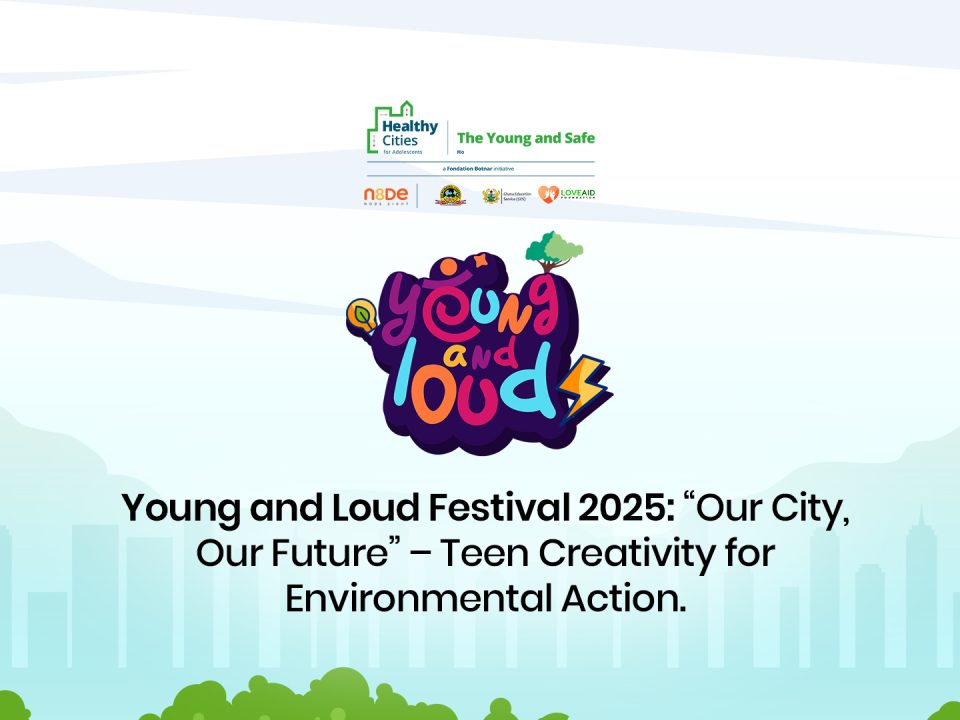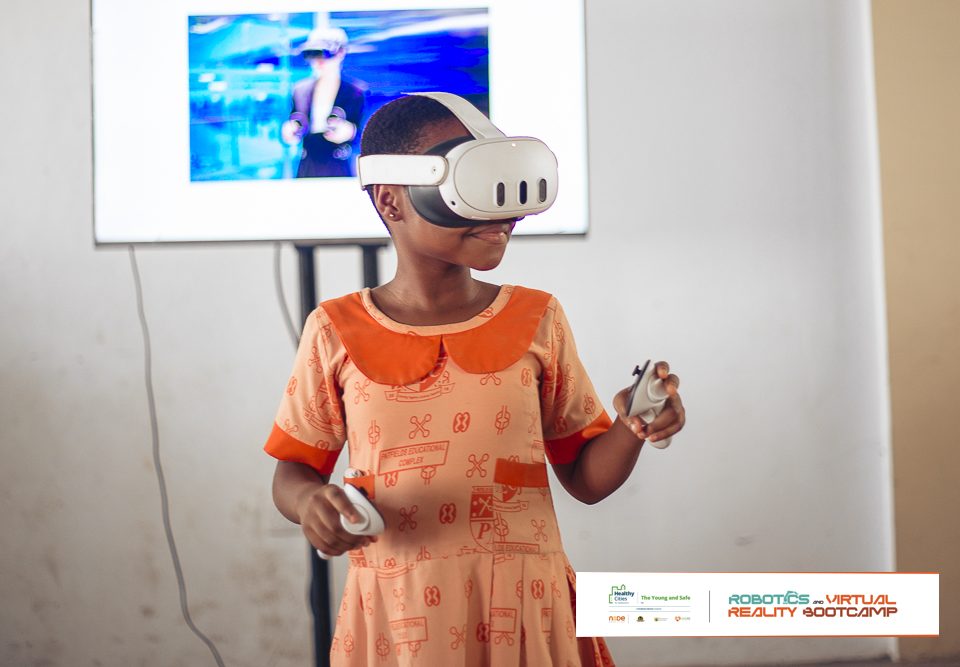
Is Your City Youth-Friendly? Here’s How to Know
May 9, 2025
Ready to Build What Matters? Join the Eight Fellowship 2025
May 28, 2025We Built the City—but Forgot the Youth
A walk through any city in Ghana and reveals one thing: we’re building cities around young people not with them. The big decisions about infrastructure, policies, and public spaces are made without youth voices even though they make up the majority and feel the impact the most.
Every year, shiny new flyovers, office complexes, and gated communities are spring up. But where are the free public parks? The playgrounds? The safe, creative spaces where young people can gather, play, and grow?
Why is it that despite all the promises, plans, and projects from national and city leaders, life still hardly improves for young people? The answer lies deeper—in the systems that shape how our cities work. These are the structural, cultural, and institutional barriers that quietly block progress. They’re hard to see, but powerful enough to keep things stuck.
In this article, we break down these hidden systemic issues and explore what must change if we want to build cities that truly work for young people.
What Are Systemic Issues?
Systemic issues are problems that are built into how a city works. They’re not just one person or political party’s fault. They come from the way things have always been done: the rules, the culture, who is heard, what is funded, what is ignored and how decisions are made. These problems are often hidden. But they cause real harm. In cities, they show up when young people are left out of plans, don’t have safe places to go, or can’t find support. Systemic issues are the root causes of why change is slow, even when everyone says it’s important.
Systemic issues show up in three keyways:
- Structures – the institutions, physical infrastructure, and formal setups that shape life in the city.
- Processes – the rules, systems and habits that guide how things get done.
- Mindsets – the beliefs, attitudes and biases that influence decisions and behavior.
Let’s break them down.
1. Structures: The Physical and Institutional Setup
Structures are the things you can see or touch in a city—like buildings, offices, facilities, and the official departments that run city services. They also include what’s missing.
How it shows up in a city:
- No Youth Directorate or active youth desk in many Municipal Assemblies. That means there’s no official place within city government focused on youth needs or feedback.
- City budgets rarely include a clear line for youth development. So even when leaders say they care about youth, there’s no money set aside to do anything real.
- Health centres are not designed for young people. Many don’t have private spaces or staff trained to deal with teenage mental health, sexual health, or counseling. That makes young people feel judged or unwelcome.
- Public spaces ignore youth. Most cities have no safe places where young people can skate, play, dance, or create. You’ll find flyovers and office buildings, but no free, open spaces for expression.
- No free digital access points. In many cities, there are no public Wi-Fi spots or computer centres for low-income youth who need access to study, apply for jobs, or build tech skills.
Why it matters:
If the right buildings, services, and departments don’t exist, even the best intentions or policies will fail. Young people are not just forgotten—they are locked out by design. Without proper structures, cities can’t support youth wellbeing, creativity, or growth.
2. Processes: The Way Decisions Are Made
Processes are about how things happen in a city—how decisions are made, who gets invited into the room, how money is allocated, and how programs are implemented and evaluated.
How it shows up in a city:
- Young people are not part of city planning or budgeting meetings. Most decisions are made without asking them what they need or what matters to them.
- Policies are written for youth, not with youth. That means plans often miss the real challenges or ideas that young people would raise.
- Health and education systems are not designed with feedback from the users—young people themselves. There are no clear feedback channels. Even if youth want to raise concerns or suggest ideas, there’s no easy or safe way to do it.
- Hiring and procurement processes favour “experience” and “connections” over youth-led startups. Talented young people are left out of city jobs, grants, and service contracts.
- Many city programs for youth are donor-driven and short-term, with no sustainability plans
Why it matters:
Even when structures exist, bad processes can block progress. If youth voices are missing from the way a city works, the city will keep missing the mark. Processes must be fair, inclusive, and built to last not just for show. If young people can’t influence the processes
3. Mindset Issues: The Culture That Excludes
Mindsets are the beliefs people hold about young people, about leadership, and about change. These shape how the system treats youth and how youth see themselves.
How it shows up in a city:
- Leaders see youth as problems to manage, not partners to work with. Policies are focused on control and discipline instead of growth and opportunity.
- Many leaders still see youth as too immature to be trusted with leadership or funding
- Youth interests like music, fashion, tech or gaming are seen as unserious or “not development”
- Mental health struggles are dismissed as laziness or “spiritual problems”
- Older voices are prioritized. Youth ideas are seen as immature or unrealistic, so they are not given space to influence decisions.
- Girls and young women face limiting expectations. They are judged more harshly and excluded from leadership or public life.
- Poor and rural youth are labelled as lazy rather than under-supported
- Many young people also carry limiting beliefs about themselves. Some think they are “not ready” to lead or engage. Others feel they don’t have the skills, voice, or permission to participate. Many are simply discouraged or disillusioned, believing that nothing they do will change anything.
- Young people disengage because they believe that the system is too complex, too corrupt, or “not for them.”
Why it matters:
Even if structures and systems exist, a negative mindset both in leaders and among youth can hold everyone back. Cities must work to shift the culture: from exclusion to inclusion, from distrust to collaboration, and from hopelessness to empowerment.
Real Change Needs All Three
To build a truly youth-friendly city, we must address the deeper, systemic issues that hold progress back:
- The structures that limit access to opportunities and services
- The processes that restrict youth participation and influence
- The mindsets that undermine trust and collaboration
These are interconnected problems, and simply fixing one part won’t be enough. To create meaningful change, we need to transform the entire system—from policy to practice.
Systemic change sounds big because it is. But it starts with small shifts. City leaders deciding to listen differently, budget differently, and believe in the youth differently. If we do not fix the systems, we will keep creating frustrated young people who feel invisible in the cities they live in. And no city can thrive when half its population feels like it does not belong.
In the next post, we’ll explore practical solutions to tackle these systemic issues.




